Originally published in AutoWeek 1July 19, 1982
The engine has nicknames. The Blue Racer. The Semi-Hemi. The Blue Crescent. Ford’s Porcupine. But one seem to fit more than others. Shotgun. Ford can call it the Boss 429 if it wants, but Shotgun is the name that best describes the engine – and the car with which it shares the corporate-given name.
It was, in fact, the engine which came first. The Boss 429 Mustang was conceptualized only after the engine was an accomplished fact. The motor was Ford’s trump card for the NASCAR superspeedway wars. It was a monster. Based on the 429 CID block introduced in the Thunderbird in 1968, it was equipped with a forged steel crankshaft, four bolt mains, heavy duty rods and forged aluminum pistons.
Heads were aluminum and built to breathe. Big 2.37-inch valves with 2.13-inch round ports on the intake side, and 1.87-inch valves with 1.775-inch round runners for exhaust made the “shotgun” moniker a natural. The combustion chambers were crescent shaped, semi-hemispherical with flat sides, with centrally located spark plugs and cross-flow-promoting opposed valves. The staggered valvetrain required the giant valve covers which were made for magnesium. They are so big, hinges and a handle could be fitted to a pair for use as a carrying case for an EXP motor. It was no doubt a race motor: Ford dry-decked the head, eschewing head gaskets for O-rings and washers.
It was impressive in design and would certainly be impressive on the high banked oval, but first it had to get there. First it had to meet NASCAR’s homologation rules. At least 500 engines had to be produced and installed in cars sold to the public for NASCAR to accept the engine as a “production” mill. Original plans were to place Ford’s big engine into Ford’s big car, and first production engine parts were ordered with part numbers indicating Galaxie use.
Enter Bunkie Knudsen, appointed as president of Ford in the spring of 1968. The story goes that it was Knudsen who suggested at an August meeting putting the 429 in the Mustang, which no one had thought of because no one had thought it would fit. But when the boss gets ideas… The Galaxie project was shelved, and the Mustang would carry the Shotgun motor to the street.
Kar Kraft, which had been responsible for Ford’s GT program, got the nod to build a 429 Mustang prototype. A prototype of a special high-performance 302 Mustang would be produced at the same time. In an incredible three weeks, Kar Kraft turned out both, and in September 1968, the decision to produce both was made. Ford would build the special 302s in-house, but because of the substantial modifications required on the NASCAR-engined pony car, it would be built by Kar Kraft.
The street-bound engines were detuned by Ford by the use of a 735-cfm Holley carburetor and a milder camshaft with hydraulic lifters. “Smaller” 2.29-inch intake valves were substituted for the racer’s poppets, and smaller rod bolts were used on certain Boss motors. And, most un-racer like, a smog pump had to be fitted. Still it was a potent mill, rated 370 horsepower at a time when Ford was not over-inflating its ratings.
The 429 was not just shoehorned into a standard chassis. Fitting the 30-inch wide engine into the 28-inch wide space meant notching the shock towers and generally strengthening and gusseting the front chassis. Shorter upper control arms replaced the garden-variety units. This, along with lowering the pickup points an inch gave more roll-induced camber gain. Heavier springs in front anti-roll bar were installed, and a rear bar and staggered shocks help control the Hotchkiss layout astern. A 3.91 Traction Lok differential was standard, with a 3.50 Traction Lok or 3.30 Detroit Locker as options. An 85-amp battery was trunk-mounted for balance and space.
Wheels were 15 x 7-inch Magnum 500s fitted with F-60 bias belted tires, the biggest original equipment tires at the time, requiring rolling the front fender lips for clearance. A mammoth functional hood scoop with a driver controlled door and a petite (retrospectively speaking) chin spoiler completed the functional changes.
The name went on when the design was complete, Larry Shinoda pirating “Boss” from the lexicon of slang. It was tidy: it could be used on both the 302 and 429, avoided the use of a Z-28-copying alpha-numeric name, and ”appealed to the youth market.” And the project had been the Boss’s idea.
Every Boss 429 was sold before it was built, and not that many were built. Only 859 rolled out of the converted mobile home plant in Brighton, Michigan, in the 1969 model year (including two Boss 429 Cougars), and 499 in 1970. It was a ‘69 owned by Bob Masella of Elroy, Pa., that AutoWeek recently drove. Like many boss 429’s, Bob’s Mustang is not wholly stock.
Ford made modifications easy; encourage them, even. For example, there is the Ford solid lifter cam good for another 25 horces. And the Hurst shifter, standard on ‘70s. And Konis replace the “ultra-heavy–duty” Gabriels. The rear spoiler and “sports slats” were not original equipment, but probably dealer-installed options. A previous owner painted this stripe on the hood: The factory identified the Boss 429 by fender decals and hood scoop only.
And is the scoop that one notices the most upon slipping into the driver’s seat. The hood is big anyway, high and rounded between the fender creases, but the scoop lies there, a malevolent mound, an ever present reminder of the Shotgun beneath. There’s not much to look at on the dash, only a big speedo and redline-less tack, and slightly smaller temperature and fuel gauges. The steering wheel has simulated holes, and the seats catered to the widest common denominator.
The engine, though, renders these complaints to trivialities. At idle, there is the characteristic crackling rumble of the Ford V-8. The solid lifters tap softly deep within the vee. The clutch is heavy and letting it out the first time produces an awkward chirp from the tires. Shift to second and there’s another chirp, but this one against the compression of too-low revs.
But that’s the last mistake. The engine is easy to learn, even though the seven liters at 11:1 feed the constant feel of compression: Steady speed is a balancing act of precise throttling. The compression ratio makes itself known and another way, too: knocking at big throttle—low RPM combinations. It longs for yesterday’s gasoline.
With familiarization complete, and deserted Pennsylvania two-lane beckons, a target for the Shotgun. Drop the hammer and give it all four barrels.
The response is a sudden as that from a thirty-ought-six. Intake roar comes from the hood scoop as the big motor tries to suck in half the atmosphere over Eastern Pennsylvania. And the power gets to the ground. The Boss Hoss rises on its giant toes and goes. Quarter miles come up in an impressive 13 seconds. Stock.
Mr. Hotchkiss’s suspension doesn’t wind up, hop, or otherwise indulge in silly behavior. At least as long as the road is straight and smooth. Add some curves and ripples and another trait of the shotgun appears: It cuts a broad swath. This car wants a lot of road. Despite a claimed 56/44 weight distribution, size, weight and power distribution all conspire against nimbleness. It doesn’t do anything that can’t be handled, but it needs room to do it in. It’s no bob-weighted and counterbalanced marksman’s rifle that punches the heart out of an ace at 100 yards—it’s a riot gun that blows the whole card away.
No one has ever accused a shotgun of being a precision instrument, nor should anyone make such an accusation of the Boss 429 Mustang. On the other hand no one is ever suggested a shotgun be treated with disrespect. Nor should such a suggestion be made of the Boss 429.
* Over 40 years the negatives for the photos illustrating this article have gone astray, so the photos were scanned and the halftone newsprint photos were massaged as much as possible to resemble the original photos.





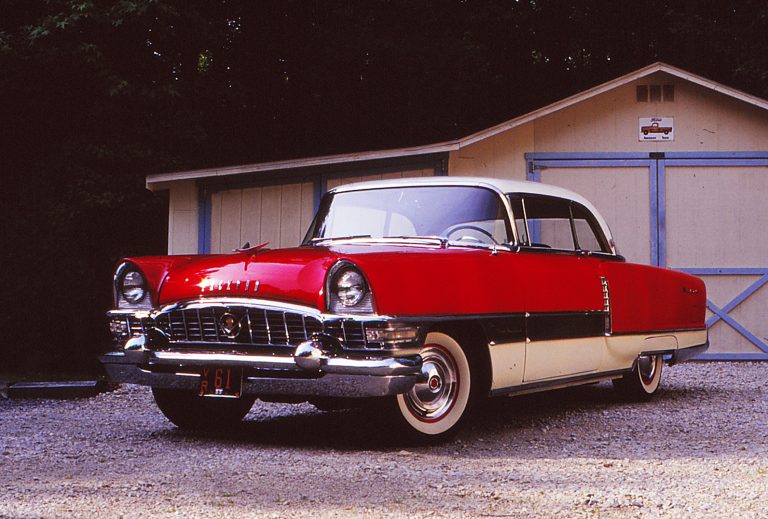
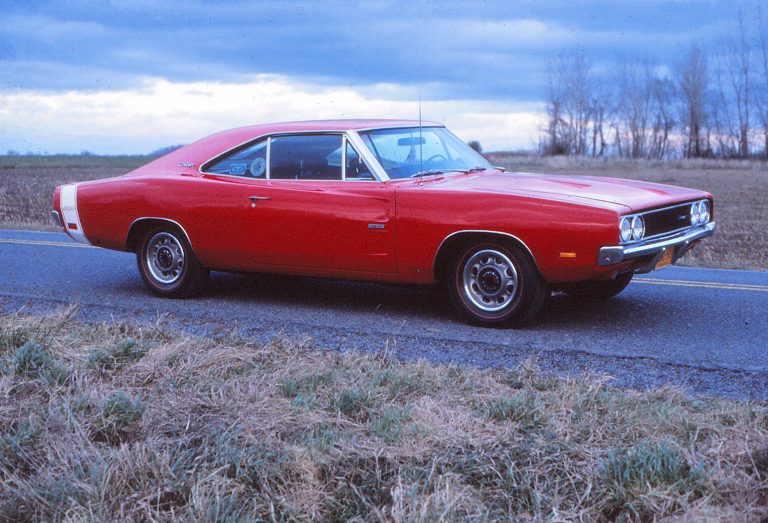
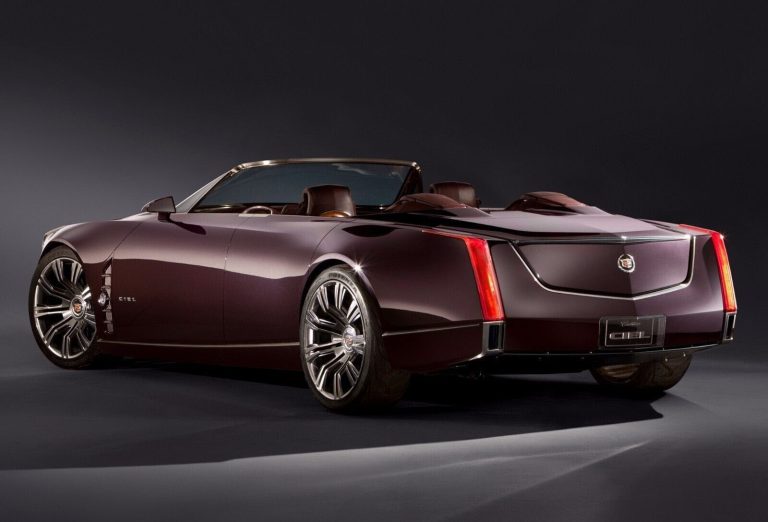
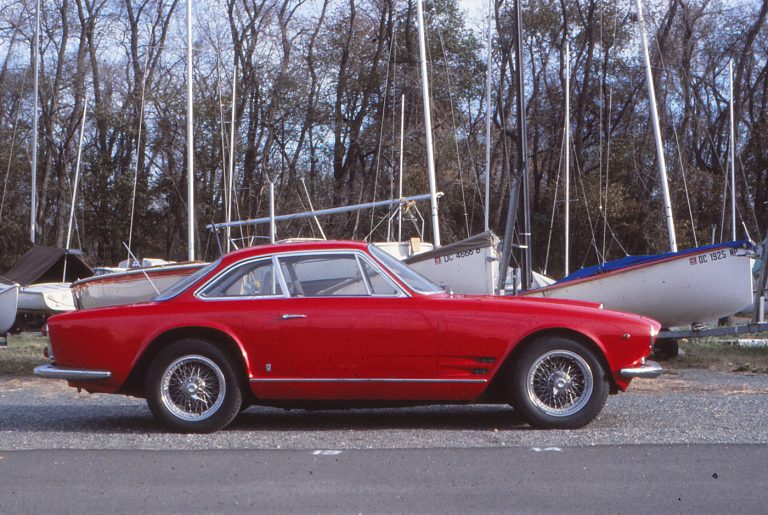
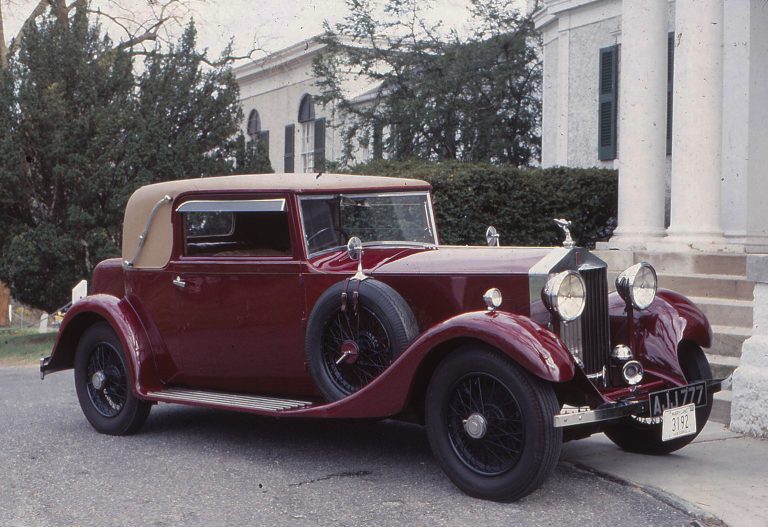
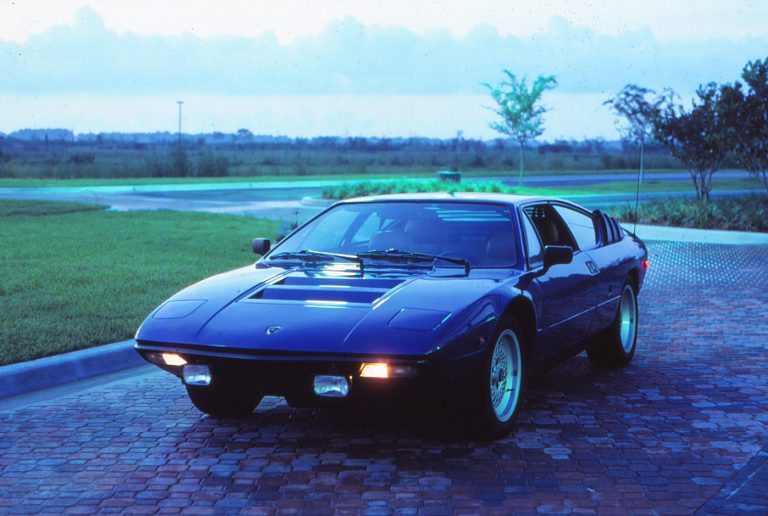
This was a great car. Was originally sold at Fairway Ford in Greenville, SC. I kept it for a number of years and after I had an accident which kept me from driving a stick, I decided to sell her (give away). I sold it to a gentleman in the Upper Midwest who repainted her to the correct color and took great care of her until a few years ago when he let the next owner begin their enjoyment of 1721. I can’t believe how valuable these have become – although I know how rare it was when I sold it for $10,000…..I know – but what can you do. When i was selling it – there was a guy who wanted it to pull his boat. (no way) Anyhow, I have John’s article on my office wall and lots of memories. Whoever has her – enjoy and send some pics!
Bob Masella
RMasella@masellalaw.com
Great to hear from you, Bob. Driving your Boss 429 was, well, the sentiments expressed in the article are still valid. Pull a boat? Really? Some people don’t understand. Values? I saw that Hagerty has a concours Boss 429 at $392,000, down to $136,000 for #4 Fair. But yeah, you gotta do what you gotta do when you gotta do it.